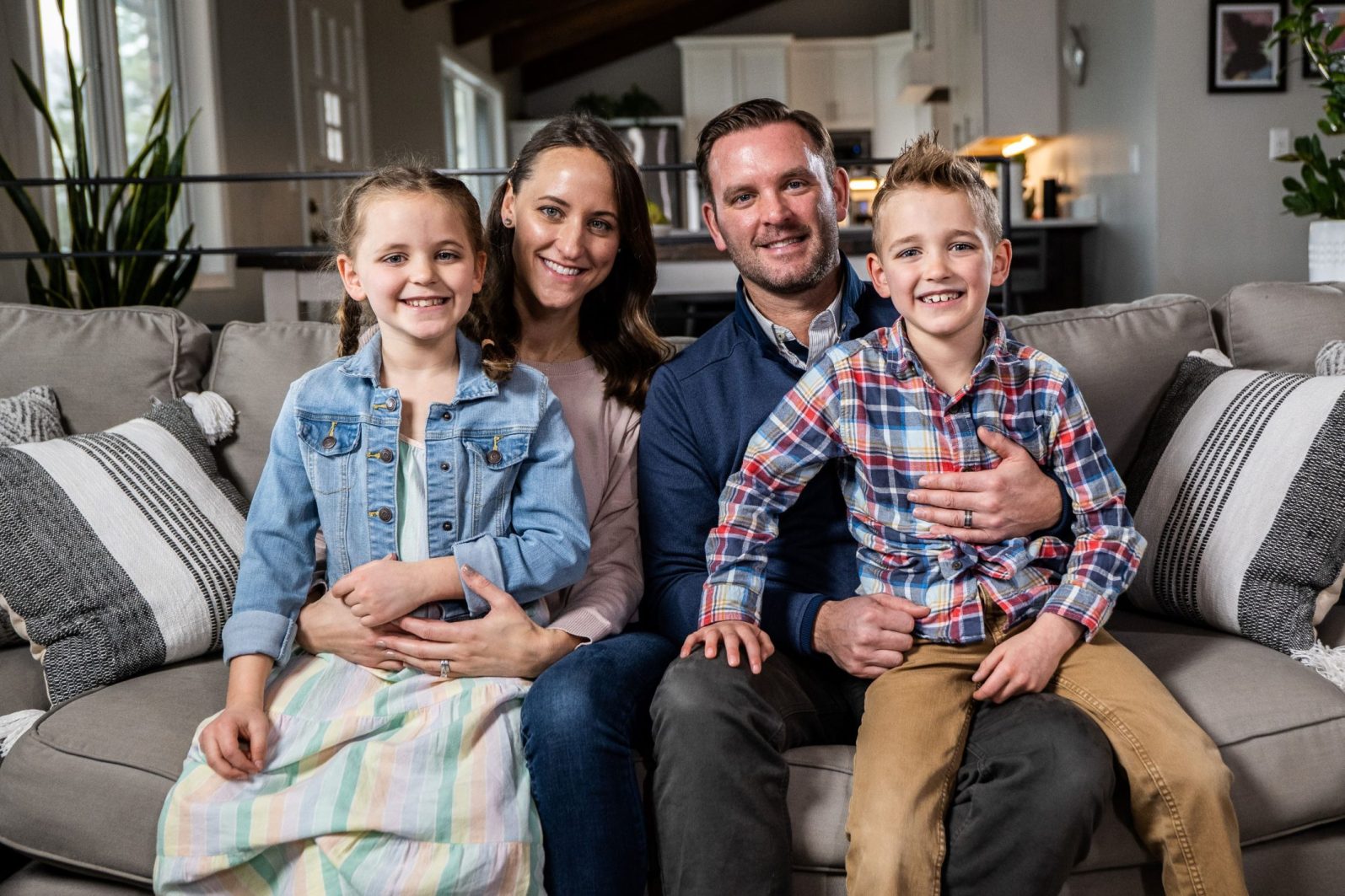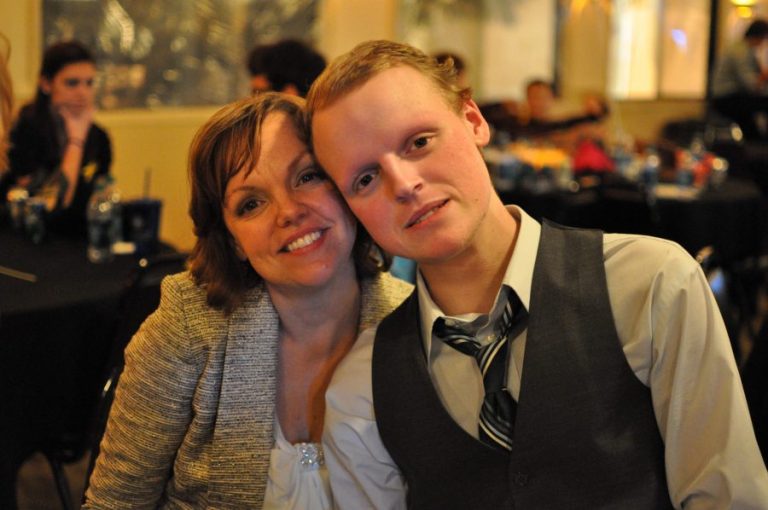Three-year-old Brooklyn wore colorful, patterned leggings and never left home without slipping on at least one purple item of clothing to match her bright purple shoes.
Along with reading “Five Little Monkeys Jumping on the Bed,” watching “Frozen” and playing with her kitchen set, she thought chemo shots, sedation and blood draws were just part of growing up.
Diagnosed with acute lymphoblastic leukemia at age 2, Brooklyn’s treatments and therapies quickly became routine. She’d tell nurses which arm to wrap the big rubber band around when she had blood draws. And she knew every step of accessing her port to her central line for infusions.
Worn out and weary, Brooklyn wanted to be carried more, often complained of leg pain in between playing and requested early bedtimes each evening after daycare.
Not assuming the worst, her parents Grant and Michelle watched and waited for a resolution of what they thought were growing pains or a virus.
For two weeks, Brooklyn continued to feel drained, and her legs ached so much one day that they shook like a newborn calf’s. Her parents knew they had to take her to the pediatrician to perform blood tests and X-rays. The whirlwind began the following morning – the doctor called to tell them to pick Brooklyn up from daycare immediately, pack an overnight bag and bring her to the hospital.
As they waited in the area for pediatric blood disorders, they noticed pamphlets about childhood cancer on the front desk.

“I asked the doctors why they were there,” says Grant. “They weren’t telling us what was going on, so I just asked them to tell us what they were thinking. And they told us there was a really good chance Brooklyn had leukemia.”
Not long after their arrival, Brooklyn was officially diagnosed.
“I just cried. I could barely talk,” said Michelle, who was pregnant then with their second child. The threat of early labor due to stress added more anxiety to the life-altering news. It seemed absolutely impossible.
Brooklyn began the first stage of treatment, which included many painful spinal taps, bone marrow biopsies and toxic chemotherapies. “After [the first stage], you don’t even recognize your kid,” said Grant.
She gained weight on her small frame fast; lost all movement in her legs due to excruciating pain from the treatment; and had to relearn to crawl, stand and then walk with physical therapy. Cancer treatment plagued Brooklyn’s tiny body with mouth sores, mood swings, unbearable muscle pain and tingling in her nerves, which caused her to cry out during diaper changes.
Signing treatment consent forms time and time again is a constant reminder to Grant and Michelle that Brooklyn’s treatment could cause long-term damage to her heart, liver and more, even causing other types of cancer. “You’re so focused on what’s going on … there’s no difference between one day and the next,” said Grant.
At points during her treatment, Brooklyn’s blood counts were dangerously low, and she needed blood and platelet transfusions to keep her going. Grant and Michelle recall that after one transfusion, Brooklyn fell asleep and started singing the ABCs in perfect tune. The heartbreaking contrast between childhood and cancer was never clearer than in those moments.
The first phase of Brooklyn’s treatment wrapped up and she was declared in remission.
Or so they thought. Later the oncologist told them a second review of bone marrow results showed Brooklyn was not in remission after all. “To hear that news was like hearing the diagnosis all over again,” Michelle said. Brooklyn immediately moved up to a high-risk treatment plan with a harsher protocol.
On the new therapy, Brooklyn reacted severely to one of the chemo drugs. Seconds after an infusion began, she coughed, her throat began closing and she screamed to her mom, who was holding newborn Thomas in her arms, “Something’s happening, Momma! What’s happening? I can’t breathe! I can’t breathe!” Michelle handed baby Thomas to a nurse and instructed Brooklyn to hug her daddy and take deep breaths. A nurse immediately drew the drug out of the infusion tubing and administered an EpiPen to save her life. Michelle described the feeling in that panicked moment as “watching your kid die right in front of your eyes.”
More than 40 painful and traumatic chemo shots followed – the treatment was intense but finally Brooklyn was declared cancer free.

Now at age 12, Brooklyn has maintained remission for over five years. She’s an avid reader, joined her school’s math club and started tenor saxophone lessons. She’s even added gymnastics and softball to her list of afterschool activities.
“She’s so tough beyond her years,” Michelle adds, “You always want to see that your kid has a little fight in them because you don’t want them to lose the battle. “My dream for Brooklyn is to simply grow up.”
You can help kids like Brooklyn
Every $1 donated helps researchers secure $18 in additional funding to make groundbreaking discoveries. Help us find better treatment for kids with leukemia.




